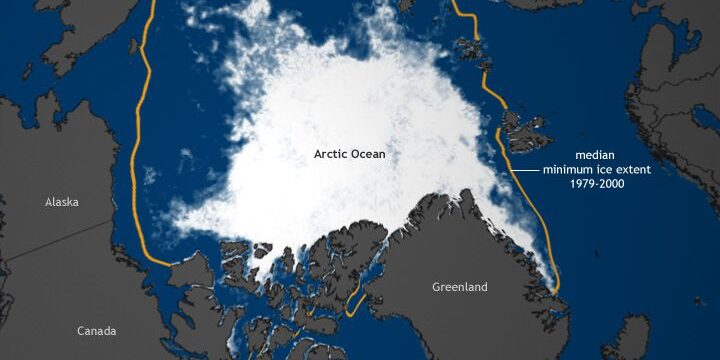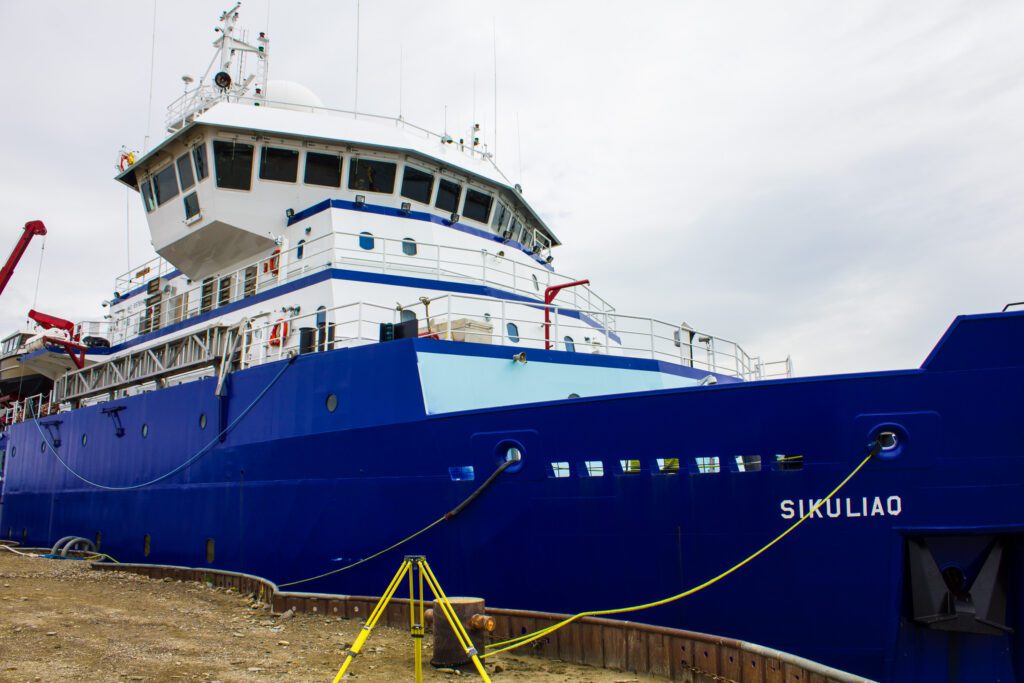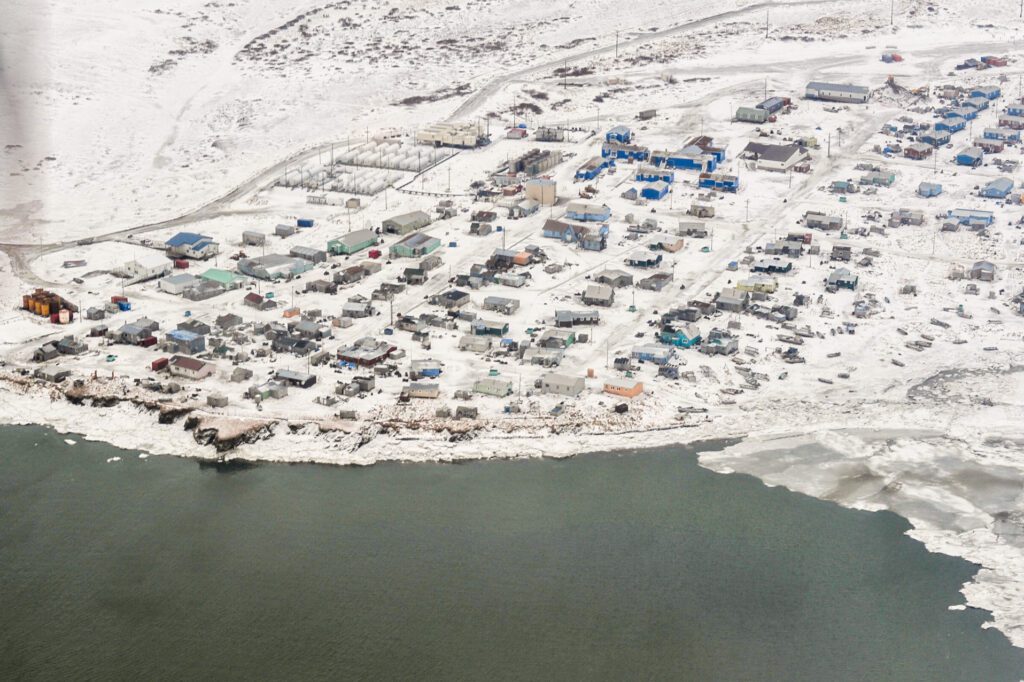With Arctic temperatures rising, scientists want to know how those changes affect the migration of diseases and contaminants through the Bering Strait, and Alaska researchers are getting nearly a million dollars to study the question.
The Alaska Native Tribal Health Consortium in Anchorage is receiving the grant from the Environmental Protection Agency to study these shifts and how they affect food and water security in rural Alaska.
Jim Johnson is the Director of EPA’s National Center for Environmental Research. He said a changing climate means the route for migrating species and the diseases they may be carrying is changing.
“So as oceans rise,” Johnson explained, “then the animals begin to migrate differently and can begin to invade or enter into areas they typically have not been in and therefore have the capacity to be able to transport the diseases to humans.”
Investigators suspect changing migration routes could mean the animals are carrying pathogens into previously uncontaminated areas. And with warming oceans, they theorize infected land and marine mammals are living longer than they would have in colder temperatures, increasing the amount of subsistence animals exposed to otherwise fatal pathogens.
Overall, researchers suspect that the number of pathogens that can transfer from animals to humans in the Arctic is rising.
“One of the things we’re looking at,” Johnson said, “is the passing of diseases from animals to humans and how that is impacted by the changes in the migration patterns of animals as a result of climate changes.”
The researchers are investigating how mercury from Asia is depositing in Alaska’s water sources and how melting snow and permafrost are fostering bacteria to turn that mercury into a toxin many rural water systems are not equipped to measure or treat.
The researchers hope to information gained in this study will help create mitigation measures that can reduce rural Alaskan’s exposure to pathogens and combat toxins in drinking water and subsistence resources.







